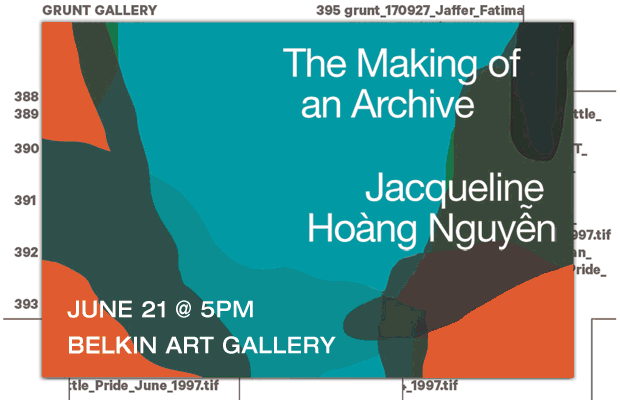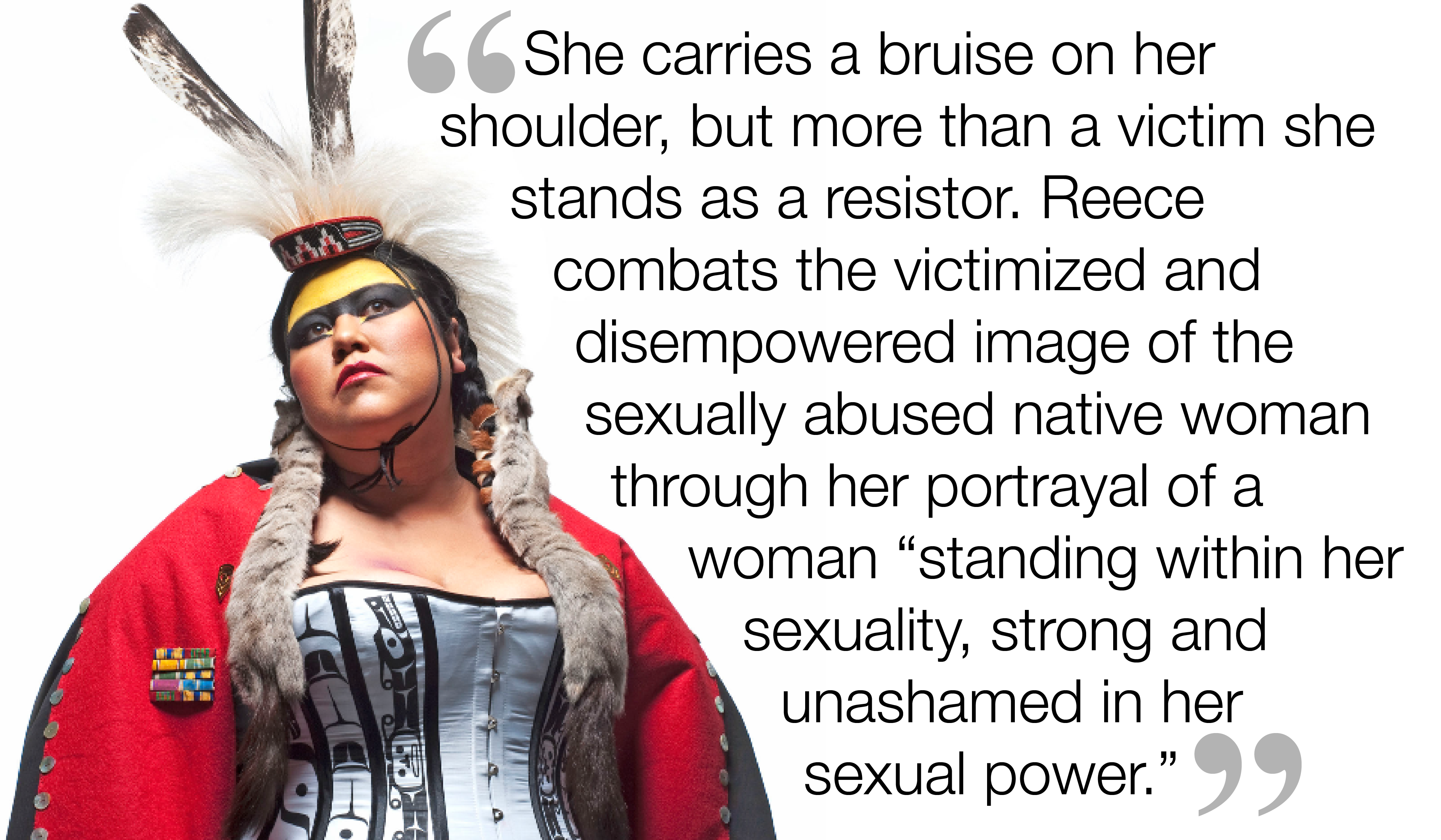
Jacqueline Hoàng Nguyễn’s The Making of an Archive is a project that seeks to collect images of everyday life photographed by Canadian immigrants, in a direct, collective and exploratory approach.
The Making of an Archive
Book Launch and Artist Talk with Jacqueline Hoàng Nguyễn
A collaboration with grunt gallery
Thursday, June 21, 2018 at 5 PM
In collaboration with grunt gallery and in conjunction with the opening reception for Beginning with the Seventies: Radial Change, the Belkin is pleased to present a book launch and artist talk with Jacqueline Hoàng Nguyễn. The main catalyst for the initiation of Jacqueline Hoàng Nguyễn’s project The Making of an Archive was the photo albums of the artist’s father, an amateur photographer who took countless photographs of his daily life when he first immigrated to Canada in the 1970s. However, while doing research for previous works, the lack of representation of the immigrant’s daily life in state narratives seemed paradoxical for a country that is internationally known as the instigator of multiculturalism. Due to this visual deficiency and threat of photographic disintegration, Nguyễn initiated The Making of an Archive, a project that seeks to collect images of everyday life photographed by migrants, particularly of people of colour, in a direct, collective and exploratory approach. One of the salient themes of the work is how to make visible the rich histories of activism and solidarity that complicate the pervasive myth of the agreeable “model minority.” The publication The Making of an Archive serves as a critical document of Nguyễn’s research and the project’s relevance to larger conversations around Canadian vernacular photography by people of colour, the role of the artist-initiated archive, and how an expansion of the archival record relates to political and social change. As part of the book launch, the artist will ask, what is the process of building a collective archive and how do we come to understand our own pictures, together?
Jacqueline Hoàng Nguyễn is a research-based artist and uses a broad range of media, often relying on archival material to investigate issues of historicity, collectivity, Utopian politics and multiculturalism within the framework of feminist theory. Currently based in Stockholm, she completed the Whitney’s Independent Study Program, New York, in 2011, having obtained her MFA and a post-graduate diploma in Critical Studies from the Malmö Art Academy, Sweden, in 2005, and a BFA from Concordia University, Montreal, in 2003. Nguyễn’s work has been shown internationally in institutions including SAVVY, Berlin (2017); EFA Project Space, New York (2016); Mercer Union, Toronto (2015); MTL BNL at the Musée d’Art Contemporain, Montreal (2014); Kunstverein Braunschweig, Germany (2013); Apexart, New York (2013); and the Institute of Contemporary Art, Philadelphia (2011). She has also been awarded a number of grants for her research-based practice from the Canada Council for the Arts; The Banff Centre’s Brenda and Jamie Mackie Fellowship for Visual Artists; and The Swedish Arts Grants Committee’s International Program for Visual Arts. Nguyễn was the 2017 Audain Visual Artist In Residence at Simon Fraser University in Vancouver and participated in the fourth cycle of NTU Center for Contemporary Art Singapore’s Residencies Program. In 2018, Nguyễn was nominated as one of the five finalists for the third MNBAQ Contemporary Art Award by The Musée national des beaux-arts du Québec.
The Making of an Archive is edited by Jacqueline Hoàng Nguyễn, grunt gallery’s Curator Vanessa Kwan and Archives Manager Dan Pon, with contributions by Liz Park, Gabrielle Moser, Fatima Jaffer, Dan Pon and Tara Robertson, Maiko Tanaka and an introduction by Vanessa Kwan. The publication is designed by Chris Lee.
—
For more information go to the Belkin Gallery
The Making of an Archive book will be available in our online book store soon.
—
For further information please contact: Jana Tyner at jana.tyner@ubc.ca,
tel: (604) 822-1389, or fax: (604) 822-6689




